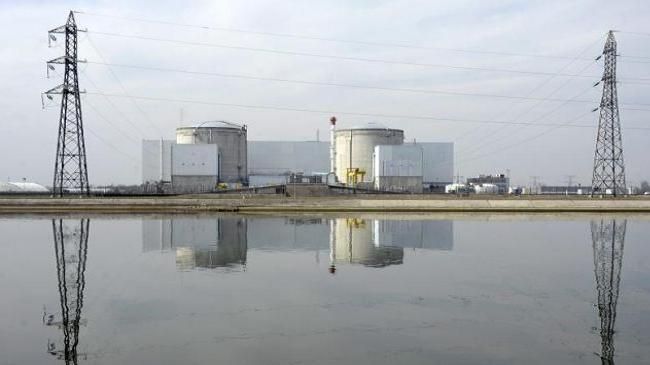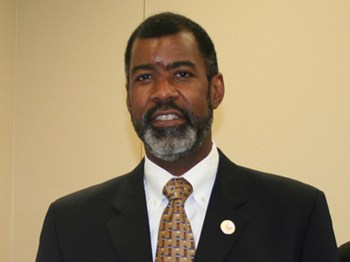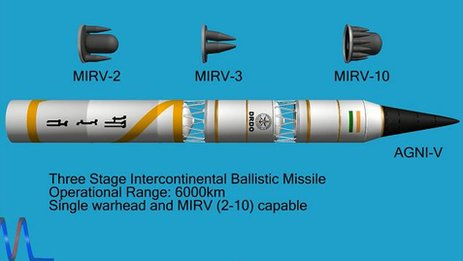Our understanding of the situation at the Waste Isolation Pilot Plant in New Mexico has evolved since the release of radioactive materials in late February. There is still a debate going on about what caused the release and whether there is future risk for breaches of more drums of waste.
A drum of nuclear waste from weapons production broke open and released radioactive particles of plutonium and americium which were detected twenty miles away in Carlsbad, New Mexico. Plutonium is very dangerous and inhaling a tiny quantity can result in illness and death. The WIPP found radioactive particles in filters but it turns out that unfiltered air was pouring out of the WIPP for weeks before the radiation was first detected so there may have been a greater release of radioactive particles than previously thought.
Apparently the drum that burst came for the Las Alamos National Laboratory (LANL). Records show that hundreds of drums from LANL were treated with a new type of absorbent that was not sufficiently tested before it was used. This absorbent did not properly prevent the formation of dried nitrate salts which are unstable and prone to burning and exploding. Over a hundred of these suspect drums were shipped to a temporary storage facility in Texas and dozens still remain at LANL. Another possible cause was uncovered when it was revealed that the drums from LANL may also have been treated with a chemical to change the pH of the material in the drums. This chemical can take part in a chemical reaction in a drum of waste to produce hydrogen gas that could lead to fires and explosions.
The WIPP has been closed since the accident. Now the Department of Energy has estimated that it may take years to seal off the rooms called Panels that contain the suspect drums of waste from LANL. These huge rooms are filled with drums and then sealed off. They used to put up thick concrete seals when they finish filling a panel but they didn’t even put a steel door on panel 6 when it was full. Panel 6 contains drums from LANL as does Panel 7.
A current concern is the possibility of a chain reaction in which one drum explodes and causes one or more other drums to explode. With plutonium as one of the primary constituents in the drums, if a series of drums exploded and released their contents it might just be possible for enough plutonium to combine to achieve a criticality or nuclear chain reaction. If this happened before the Panel 6 and 7 are sealed, the results could be devastating. It is possible that much more plutonium could be released which might require the evacuation and abandonment of the area near the WIPP. Even if the Panels 6 and 7 are successfully sealed, a plutonium criticality might breach the seal. With hundreds of oil wells and fracking wells just outside the WIPP fence, the ground could be destabilized enough to compromise the integrity of the salt formation that is supposed to contain the radioactive waste. At this point, it is too soon to say whether the WIPP will ever be opened to accept nuclear waste again. We will be fortunate if there are no further significant accidents at the WIPP.







